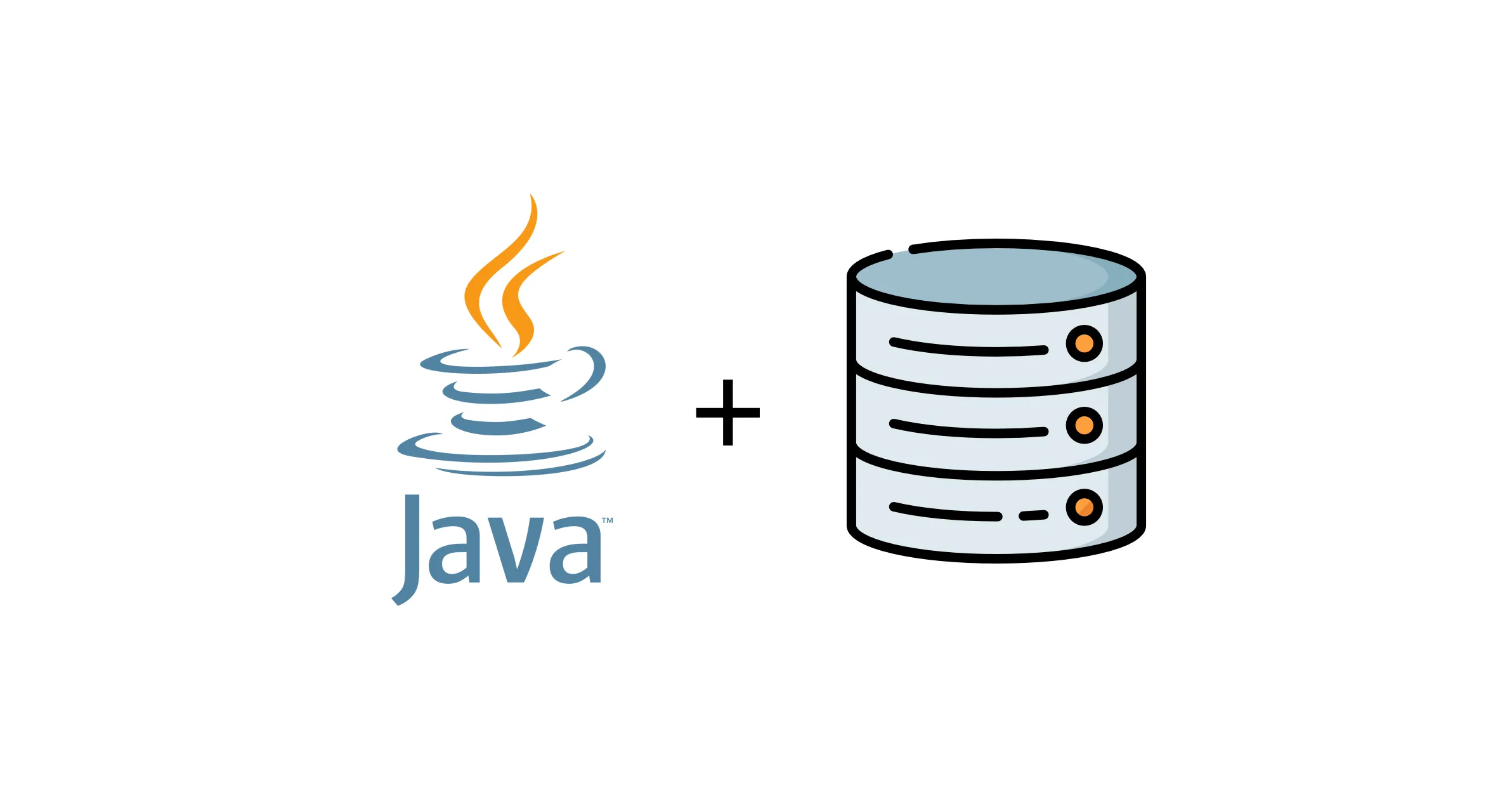
JPA Pitfalls: Relationship Mapping
- Java
- JPA
In this article we are going to discuss some common JPA relationship mapping pitfalls.
1. One-to-many Relationship Mapping
Assuming we have the following database schema:
We could create the following JPA entities:
-
Post:@Entity class Post { @Id @GeneratedValue private Long id; private String content; … // no-args constructor, getters and setters omitted for brevity } -
Comment:@Entity class Comment { @Id @GeneratedValue private Long id; private String content; @ManyToOne private Post post; … // no-args constructor, getters and setters omitted for brevity }
Comment entity has a reference to a Post via a @ManyToOne binding.
Now, it might be tempting to also create a bidirectional binding, so that we could have a list of comments when we fetch a post:
@Entity
class Post {
…
@OneToMany(
mappedBy = "post",
cascade = CascadeType.ALL,
orphanRemoval = true
)
private Set<Comment> comments = Set.of();
}If we fetch a post, we will also get all of the comments as well — that sounds very convenient. But the problem is that we are going to get all of the comments, and there is no way to make it pageable. Imagine if we had thousands or millions of comments on a post. We would have to fetch them all from our database!
Instead, we could just have a unidirectional @ManyToOne association on the
Comment entity, and then we could run a custom query to get all post comments:
@Repository
public interface CommentRepository extends JpaRepository<Comment, Long> {
Set<Comment> findByPost_id(Long postId);
}We could then make this query pageable simply by passing a Pageable instance
into our repository method:
Page<Comment> findByPost_id(Long postId, Pageable pageable);2. Many-to-many Relationship Mapping
Assuming we have the following database schema:
We could map it to the following JPA entities:
-
User:@Entity class User { @Id @GeneratedValue private Long id; private String name; … // no-args constructor, getters and setters omitted for brevity } -
Movie:@Entity class Movie { @Id @GeneratedValue private Long id; private String title; … // no-args constructor, getters and setters omitted for brevity }
We could then use @ManyToMany annotation to connect these two together:
-
User:@Entity class User { … @ManyToMany(cascade = { CascadeType.PERSIST, CascadeType.MERGE }) @JoinTable( name = "review", joinColumns = @JoinColumn(name = "user_id"), inverseJoinColumns = @JoinColumn(name = "movie_id") ) private Set<Movie> movieReviews; } -
Movie:@Entity class Movie { … @ManyToMany(mappedBy = "movieReviews") private Set<User> userReviews; }
Unfortunately, we now have the exact same problem that we had with @OneToMany
annotation.
If we fetch a user, we are going to get all of their movie reviews, and vice versa.
There is no way to make these queries pageable.
What we could do instead, is to create a new entity class that represents the join table:
class Review {
@EmbeddedId
private Id id;
@ManyToOne
@MapsId("userId")
private User user;
@ManyToOne
@MapsId("movieId")
private Movie movie;
… // no-args constructor, getters and setters omitted for brevity
@Embeddable
static class Id implements Serializable {
private Long userId;
private Long movieId;
… // no-args constructor, getters, setters, equals, and hashCode omitted for brevity
}
}We could then run custom queries to fetch what we need:
@Repository
public interface ReviewRepository extends JpaRepository<Review, Long> {
Set<Review> findByUser_id(Long userId);
Set<Review> findByMovie_id(Long movieId);
}And of course, we could pass in a Pageable instance to get a pageable response:
Page<Review> findByUser_id(Long userId, Pageable pageable);
Page<Review> findByMovie_id(Long movieId, Pageable pageable);3. Conclusion
Since it is not possible to create pageable queries using @OneToMany and @ManyToMany
annotations, they should usually be avoided.
The only exception to this rule is if you know that there will only ever exist very few
associated entities.
For example, if we have a User entity and users can have one or more roles assigned
to them, then it may be okay to use @OneToMany annotation, since we know
that there aren’t going to be that many user roles.
It would’ve been better if @OneToMany and @ManyToMany were named
@OneToFew and @FewToFew instead,
to better indicate that they should only be used when there are only few associated entities.
Alternatively, these annotations could just be deprecated or completely removed.
The added convenience of these annotations is really minor compared to all the
troubles they cause, so we would be better without them.
Unfortunately none of this will happen as it is too late now.
We can only try and educate people to stop using these
annotations everywhere without thinking about performance implications.
This work is licensed under Creative Commons Attribution-ShareAlike 4.0 International License .